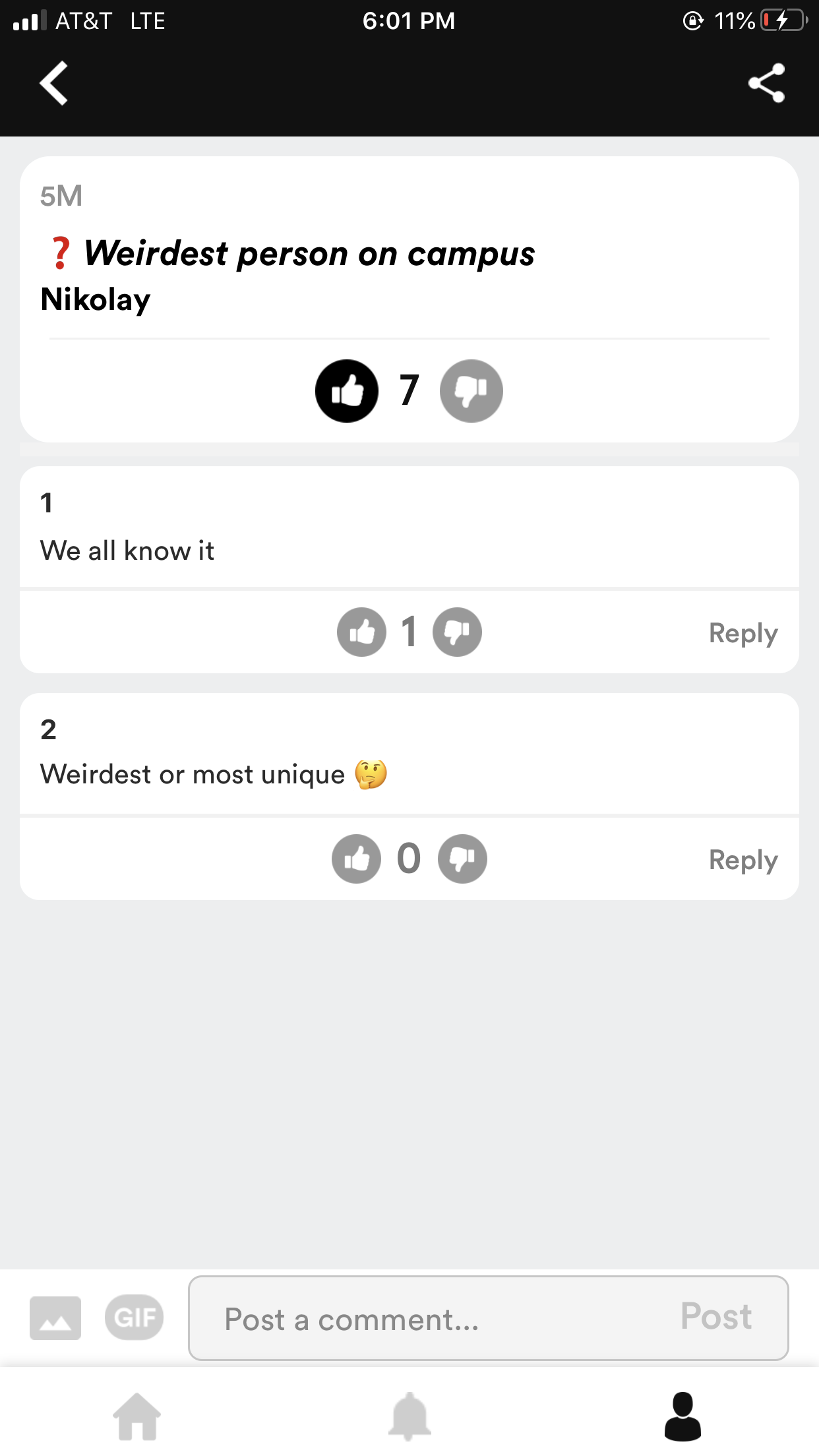I heard about this game while many of my housemates were gathered around a table and drinking. The first time the speaker shared this story, he also bragged about other rules he had broken as a child or young adult. This story is an example of ‘forbidden play’ and it took place near the University of Southern California.
*
After the Exposition Park Rose Garden closes for the night, those who enter can be apprehended for trespassing. From 2013 to 2015, the speaker said that the cycling community in Los Angeles was “massive.” After one large race in 2013, the speaker’s friends gathered in the rose garden and someone suggested that the group of 13, 14 and 15-year-olds play taser tag. Cyclists carried tasers, knives or brass knuckled with them and they rode ‘suicide bikes’ or racing bicycles that have the breaks removed. ” A lot of us have very traumatic lives where we just pain sometimes makes us feel alive.” The speaker explained that about 15 of the 50 cyclists gathered owned tasers, and that the game was well received by the group.
In the event that state troopers caught the boys in the rose garden, they would scatter. Those who were caught were given “a slap on the wrist” and sent home.
The speaker never had a taser, so he was a ‘runner.’ There were no rules about where tasers could attack. ” You could taste in the nuts. It’s wherever this person lands the taser. The good thing is it wasn’t high voltage… enough to drop you on the ground. That’s it.” The speaker said he had been tased in the neck. Girls could attack with tasers but the speaker said they seldom outran the boys. Anyone playing Taser Tag in the rose garden was fair game for attack. He admitted that Taser Tag was fun because it was forbidden, as was “using self defense weapons as offensive weapons.”
Taser Tag games with the speaker’s group occurred five times between 2013 and 2015. The last time, one member brought pepper spray and the speaker said “All 10 of us suffocated. And you’re like, Dude, this guy that comes back. We’re going to hurt him.”
The speaker said that “growing in South LA is kind of like a free for all,” and that “whenever a bunch of kids run around with bikes, I rather see them doing that than dealing drugs.” The speaker noted that some of his cyclist friends who played Taser Tag did get involved in gang activity after their group dissolved. When asked what the game meant to him, the speaker said that this “was a day where all of us no matter what ethnicity where we’re from, who we are, it’s just fun. And that fun involves a little bit of pain.”
*
This speaker retold this story in front of friends. I believe that this memory is important for the speaker because many of his friends have left or are no longer living. This memory is also important because the speaker enjoys rough activities, and it is difficult to engage in rough-and-tumble activity as an adult. I believe this time reminds him of an era where he did not have to worry about larger adult problems, and this brings a sort of nostalgia for something one can never do again.
For more information on forbidden play, see Folk Groups & Folklore Genres Chapter 5, Children’s Folklore by Jay Mechling.

